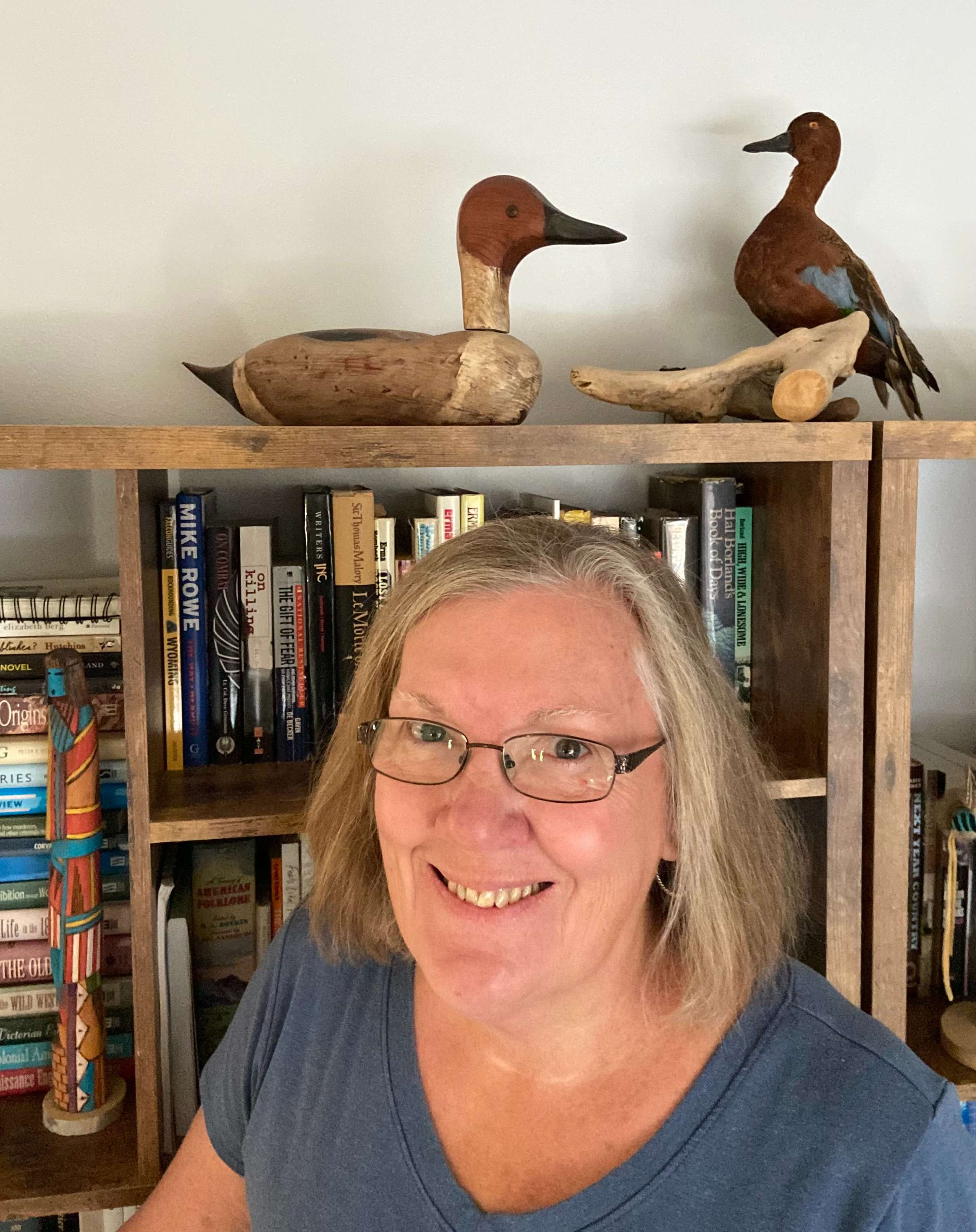
By KAREN MADORIN
History buffs are always in search for stories of the past. They want to learn about the landscape, animals, people and communities connected to those who came before them. Anytime they take a drive or wander about an old homestead or ghost town, their imaginations go into overdrive, wondering how those people’s lives compare to the modern world. This condition has afflicted me since childhood, and I challenge my husband’s patience as I distract him from looking for wild game to seek out evidence of these tales.
We recently traveled to rural area of SE Wyoming, once a mining and logging empire that evolved into a ranching, tourism, and wind energy driven economy. While there are plenty of updated sights to see, plenty of vintage log, stone, and brick structures remain to remind newcomers of the past.

The ranch where we stayed has modern log cabins with wi-fi, TV, hot and cold running water, and electricity for guests. As a counterbalance, it maintains the old homestead cabin and barn to remind owners and guests of its humble beginnings.
Imagine being one of the earliest pioneers in the Platte Valley where summer is short and winter is long. Settlers required protection from the elements in an area small enough they could readily heat it. As a result, these first cabins are small even though you know some families were large. All required minimal construction, and each has a stove pipe hole or remnants of a stone chimney even if they’re tumbling down. Every ranch we drove past still has original buildings on site. One reason, I’m sure, is for esthetics. Another has to be to remind them how hard life was for their ancestors.
Seeing these historic remnants caused me to compare my Great Plains ancestors to those mountain residents’ forebearers. Just as native people around the world used the resources at hand to construct homes, so did my predecessors. Those who settled mountains had forests to provide logs and rivers where they could access stone building materials. Those of us on the prairie struggled to find enough logs to build an outhouse, let alone a cabin. They left sod and dirt as their construction choices.
For prairie immigrants, rock required first a source, then quarrying, cutting, and hauling, efforts that required time enough it put folks in danger of facing winter without roof or walls. To outwit Mother Nature, inventive ancestors discovered they could build a dugout in a creek bank or cut sod and stack it into walls to build a home that mostly kept weather out until they could build something more substantial. According to family lore, I don’t think these earth dwellings kept out snakes and bugs.
Those first prairie homes didn’t hold up well against weather extremes so we don’t see many remaining on family farm sites. When visiting old homesteads, check for indentions in banks of creeks or sides of hills. Look for piles of melted sod with remnants of stove pipes, wood frames, or odd metal sticking out. Today, those interested in such stories can visit museums with reproduction soddies or look through old family photos to see how prairie relatives fared compared to those who lived back East or in the mountains.
Based on experience, I find it’s easier to find fragments of the past where pioneers built with long lasting resources like rock and wood. However, it’s worth getting permission to walk old farmsteads to find original soddy or dugout sites. Once you discover one, be careful walking around. Spying the lid to an old stove that great great-gramma cooked on is a Eureka moment that memorializes where you came from and the sturdy folk who made you.
Karen is a retired teacher, writer, photographer, outdoors lover, and sixth-generation Kansan. After a time away, she’s glad to be home.






